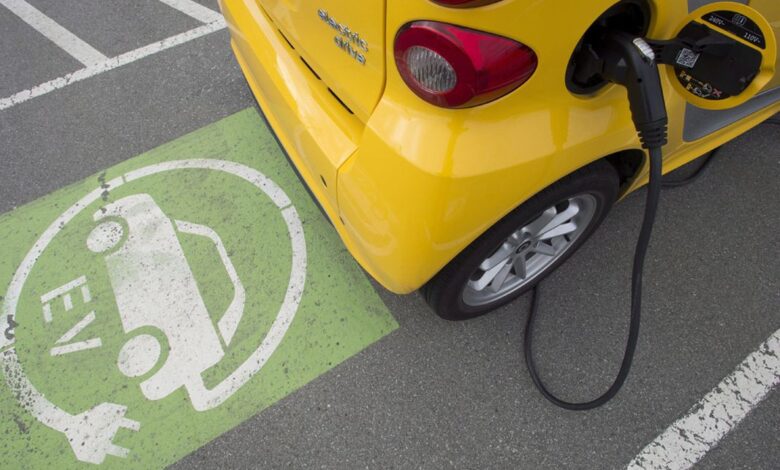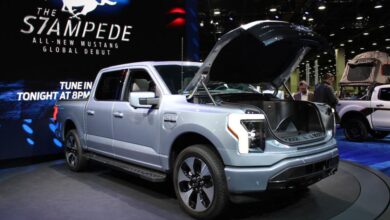Electric vehicle mandates mean misery all round

News of slowing demand for electric vehicles highlights the hazards of the federal government’s Soviet-style mandate that 100 per cent of new light-duty vehicles sold must be electric or plug-in hybrid by 2035 (with interim targets of 20 per cent by 2026 and 60 per cent by 2030 and steep penalties for dealers missing these targets).
The targets were wild to begin with. As Manhattan Institute senior fellow Mark P. Mills observed, Canadian-style bans on conventional vehicles and mandated switches to electric mean “consumers will need to adopt EVs at a scale and velocity 10 times greater and faster than the introduction of any new model of car in history.”
When the Trudeau government announced its mandate last December, conventional vehicles still accounted for 87 per cent of the market. Today the mandated switch to electric looks even more at odds with actual consumer preferences. According to reports, Tesla will cut its global workforce by more than 10 per cent (more than 14,000 employees) due to slowing electric vehicle demand.
In Canada, a Financial Post headline reads, “‘Tall order to ask the average Canadian’: EVs are twice as hard to sell today.” Not only have Tesla’s quarterly sales declined, but Ford Motor Co. announced in April it will delay electric vehicle production at its Oakville plant by two years, from 2025 to 2027.
According to research from global data and analytics firm J.D. Power, it now takes 55 days to sell an electric vehicle in Canada, up from 22 days in the first quarter of 2023 and longer than the 51 days it takes a gasoline-powered car to sell. This is the result, some analysts suggest, of a lack of desirable models and high consumer prices — and despite federal subsidies to buyers of up to $5,000 per EV and provincial subsidies (in six provinces) as high as $7,000 in Quebec.
The Wall Street Journal reports that in the U.S., too, EVs and plug-in hybrids now sit on lots longer than gasoline-powered cars and hybrids. Again, that’s despite heavy government pressure to switch to electric, including the Biden administration’s mandate that two-thirds of new vehicles sold must be electric by 2032.
In both Canada and the U.S., politicians banning consumers from buying vehicles they want and instead forcing them to buy types of vehicles that run contrary to their preferences calls to mind Adam Smith’s “man of system,” described in his Theory of Moral Sentiments, published in 1759, 17 years before The Wealth of Nations.
The man of system, Smith explained, “is apt to be very wise in his own conceit” and “seems to imagine that he can arrange the different members of a great society with as much ease as the hand arranges the different pieces upon a chess–board.” But people are not chess pieces to be moved around by a hand from above; they have their own agency and if they are pushed by the “man of system” in a direction opposite to where they want to go, the result will be misery and “the highest degree of disorder.”
That nicely sums up the current government effort to mandate electric vehicles contrary to consumer preferences. The vehicle market is in a state of disorder as the government tries to force people to buy the types of cars many of them do not want, and the outcomes are miserable all around.
Matthew Lau, a Toronto writer, is an adjunct scholar with the Fraser Institute.
Bookmark our website and support our journalism: Don’t miss the business news you need to know — add financialpost.com to your bookmarks and sign up for our newsletters here.



